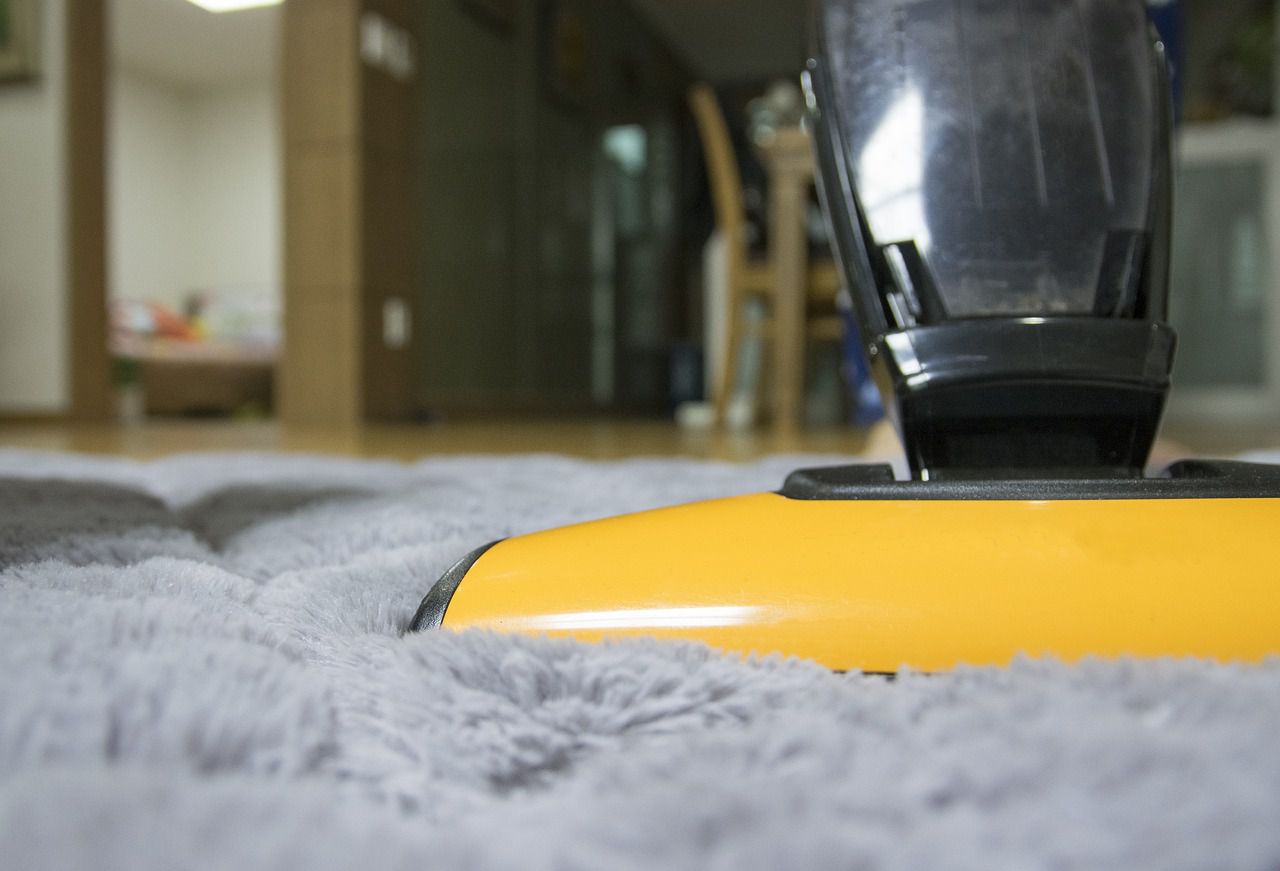The question whether vacuum cleaner bags or containers are more eco-friendly depends on various factors and considerations.
Here are some points to consider when evaluating the eco-friendliness of vacuum cleaner bags and containers.
Let's start with vacuum cleaner bags.
Material Waste
Vacuum cleaner bags are typically made of paper or synthetic materials.
When the bag is full, it is discarded along with the accumulated dust and debris.

Production Impact
The production of vacuum cleaner bags requires raw materials and energy.
The manufacturing process may involve the use of chemicals and resources, leading to potential environmental impacts.
Recyclability
Some vacuum cleaner bags are designed to be recyclable.
However, recycling options for these bags may vary depending on local recycling facilities and their capabilities.
Dust Containment
Vacuum cleaner bags often provide better dust containment, reducing the likelihood of dust particles being released back into the air during disposal or emptying.
Now, let's talk about containers.
Reusability
Vacuum cleaner containers, also known as dust canisters or bins, are reusable and eliminate the need for regularly purchasing disposable bags.
Plastic Waste
Vacuum cleaner containers are typically made of plastic, which raises concerns about their environmental impact.
Plastic production and disposal contribute to pollution and waste accumulation.
Cleaning and Maintenance
Vacuum cleaner containers require regular cleaning to ensure their efficient performance.
This cleaning process may involve water and detergent usage, which can have environmental implications.









